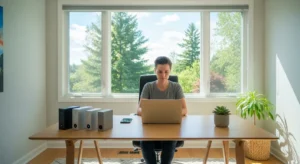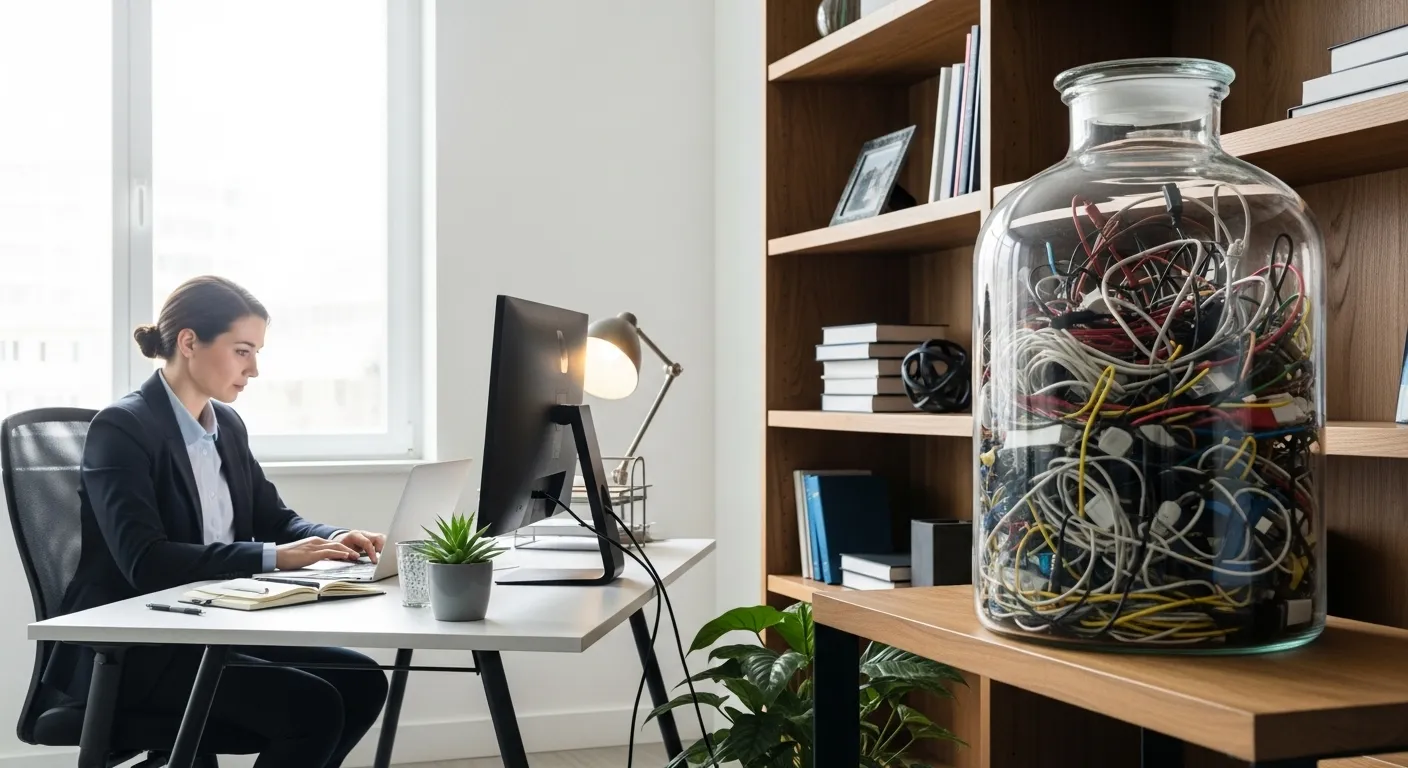
Take a slow breath. Now, think about your email inbox. What feeling comes to mind? For many of us, it’s a quiet hum of anxiety. It’s a digital room that never empties, a task list written by other people, a constant source of notifications that pulls our attention away from what truly matters. The little red badge on your phone’s email app can feel more like a warning siren than a simple counter.
The constant stream of messages, newsletters, and demands creates a state of perpetual reactivity. We spend our days fending off incoming requests rather than proactively engaging with our most important work. This isn’t just a feeling; it’s a measurable drain on our productivity and mental well-being. The cost of constant distraction is immense, fragmenting our focus and leaving us feeling busy but not accomplished.
But what if there was another way? A method that didn’t require you to abandon technology or declare email bankruptcy, but instead empowered you to build a calm, intentional relationship with your inbox. What if you could open your email with a sense of purpose, process it efficiently, and close it with a feeling of peace, confident that nothing important has been missed?
This guide is your roadmap to that reality. We won’t be talking about unrealistic productivity hacks or rigid, unforgiving systems. Instead, we’ll explore a balanced approach to digital wellness, focusing on practical email management tips that help you reclaim your attention and build a workflow that serves you, not the other way around. This is your journey toward achieving inbox zero not just as a number, but as a state of mind.
📚 Table of Contents
- Understanding the Inbox Overload: Why Email Feels So Heavy
- The Foundation: Building Your Intentional Email Workflow
- Mastering the Tools: How to Get to Inbox Zero (and Stay There)
- Creating Your Digital Environment for Deep Work
- A Practical Example: Your 10-Minute Evening Email Shutdown
- Troubleshooting Your New Workflow: Navigating Common Hurdles
- Frequently Asked Questions About Mindful Email Management
- 1. How does this email workflow impact my digital privacy?
- 2. I work night shifts or have an unconventional schedule. How can I adapt this system?
- 3. My job requires me to be constantly responsive. How can I possibly get to inbox zero?
- 4. What about emails that require long-term tracking or follow-up?
- 5. Can these principles apply to personal email and messaging apps too?
- Your First Steps to a Calmer Inbox This Week
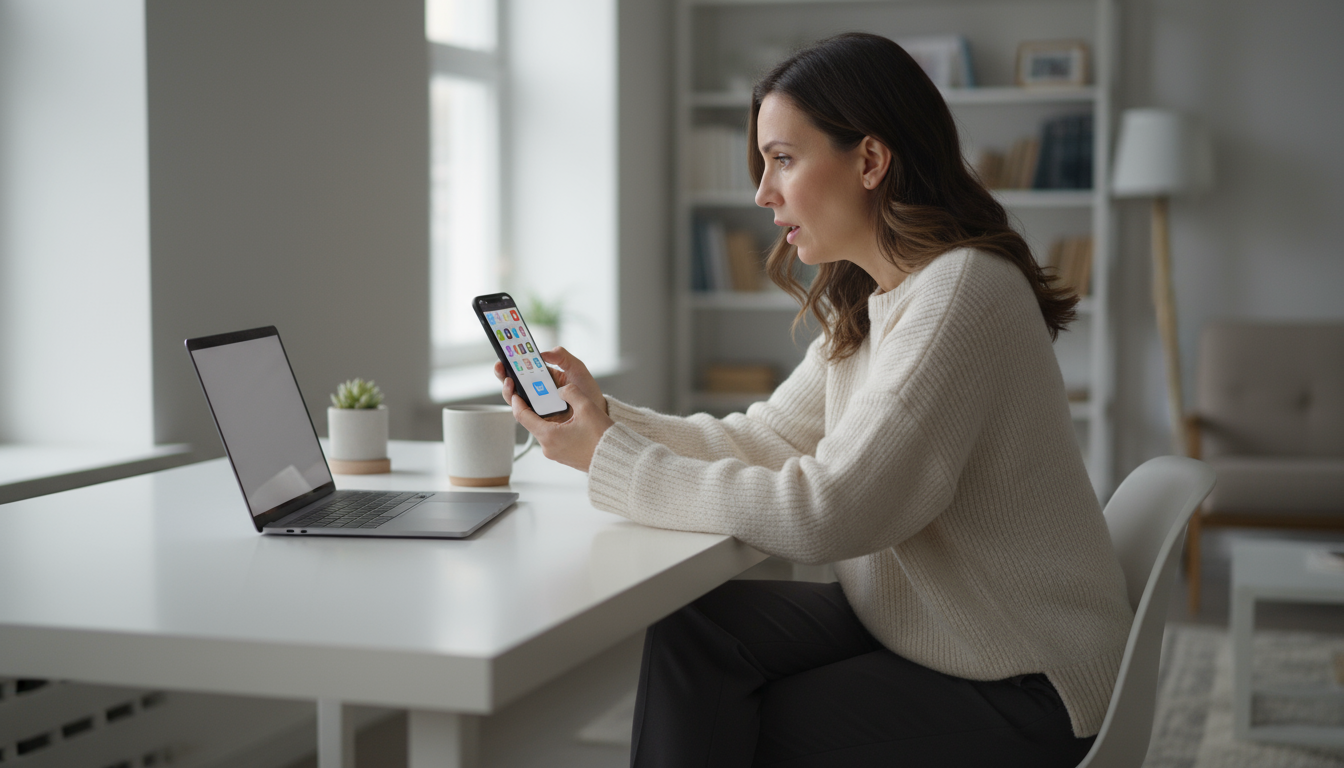
Understanding the Inbox Overload: Why Email Feels So Heavy
To change our relationship with email, we first have to understand why it has such a powerful hold on us. The compulsion to check our inbox isn’t a personal failing; it’s a predictable response to powerful psychological principles that technology companies have become very good at leveraging.
At the heart of this is a concept known as the dopamine loop. Dopamine is a neurotransmitter in the brain associated with pleasure and reward. When you do something enjoyable, like eating a great meal or receiving a compliment, your brain releases a small hit of dopamine, making you want to repeat the behavior. Technology creators tap into this by creating systems of variable rewards. Think of a slot machine: you pull the lever, and you don’t know if you’ll get nothing, a small prize, or the jackpot. That unpredictability is what makes it so compelling.
Your email inbox is the ultimate digital slot machine. Every time you refresh it, you’re pulling the lever. Most of the time, you get junk mail or a mundane work update. But sometimes, you get an exciting new opportunity, a kind message from a friend, or the resolution to a problem you’ve been waiting for. That occasional reward is just enough to keep you coming back, again and again, creating a compulsive checking habit.
This cycle is reinforced by the constant notifications on our devices. The ping, the buzz, the banner dropping down from the top of the screen—these are all designed to interrupt you. Each interruption, no matter how brief, carries a significant hidden cost. Psychologists refer to this as the “context-switching” penalty. When you’re focused on a task and an email notification pops up, your brain has to disengage from what it was doing, process the new information, and then attempt to re-engage with the original task. Research from organizations like the American Psychological Association has shown that this process can waste a surprising amount of time and mental energy, leading to more errors and a feeling of being perpetually scattered.
Living in a dense urban environment amplifies this effect. We are already bombarded with external stimuli. The added layer of digital pings and prods from our devices creates a state of cognitive overload. Our brains are simply not designed to manage this level of constant, low-grade interruption. The result is a persistent feeling of anxiety and the sense that we’re always one step behind. Taming your email is the first and most critical step in taming this digital noise.

The Foundation: Building Your Intentional Email Workflow
The core of a peaceful email practice is shifting from a reactive state to a proactive one. A reactive approach means you let your inbox dictate your day. A notification appears, and you immediately respond. A proactive approach means you decide when and how you will engage with your email. This simple shift in mindset is the foundation of a sustainable email workflow.
This isn’t about processing emails faster; it’s about processing them with intention and control. To do this, we can adopt a simple but powerful principle: Touch It Once. This means that when you open an email, you make a decision about it right then and there. You don’t read it, close it, and leave it in the inbox to be dealt with later. That just creates a backlog of mental clutter and unresolved decisions.
Every single email that lands in your inbox can be sorted into one of four categories. Your new workflow is the practice of quickly and decisively assigning each email to its proper place.
1. Delete or Archive.
This is your first and most powerful tool. The vast majority of emails we receive do not require a personal response or any action on our part. They are newsletters, CC’d notifications, or spam. Be ruthless. If an email is not directly relevant or actionable for you, delete or archive it immediately. Archiving is often better than deleting, as it removes the message from your inbox but keeps it searchable in case you ever need it again.
2. Delegate.
Sometimes, an email lands in your inbox that is better handled by someone else. Your job is not to solve the problem, but to route it to the right person. If an email is meant for a colleague or another department, forward it to them right away. You might add a quick note like, “FYI, I think this is for you.” Once you’ve forwarded it, archive the original. The task is now off your plate.
3. Do It (The 2-Minute Rule).
Productivity expert David Allen coined the 2-Minute Rule, and it is a cornerstone of effective email management. The rule is simple: if you open an email and the required action will take less than two minutes to complete, do it immediately. This could be a quick reply, confirming a meeting time, or answering a simple question. By handling these small tasks on the spot, you prevent them from piling up and creating a mountain of work later. Once you’ve completed the task, archive the email. It’s done.
4. Defer.
This is for the emails that require real work—the ones that will take more than two minutes to complete. These are the messages that used to sit in your inbox, causing stress every time you saw them. Your inbox, however, is not a to-do list. It is a processing station. For these emails, your job is to move the task out of your inbox and into a dedicated system. This could be your calendar (if it’s a time-sensitive meeting or event), a task management app (like Todoist, Asana, or a simple notebook), or by using your email client’s “snooze” feature. The snooze function temporarily archives the email and makes it reappear at the top of your inbox on a date and time you choose. This is incredibly useful for things you can’t act on yet. Once deferred, archive the original email. Your inbox is now clear, and the task is safely stored where it belongs.
By consistently applying this four-part system, you ensure that every email has a destination, and that destination is not “lingering in my inbox indefinitely.”

Mastering the Tools: How to Get to Inbox Zero (and Stay There)
With a foundational workflow in place, we can now turn to the practical strategies and tools that make it a reality. This is where we learn how to get to inbox zero, but more importantly, how to maintain that sense of clarity day after day.
First, and most critically, you must break the habit of constant checking. The most effective way to do this is through batching. Instead of keeping your email open all day, you will schedule two or three specific blocks of time on your calendar to process your inbox. For example, you might schedule 30 minutes at 10:00 AM, 1:00 PM, and 4:00 PM. During these blocks, you are fully focused on your email, applying the “Touch It Once” workflow. Outside of these blocks, your email client is closed. Completely. This single change will dramatically increase your ability to perform deep, focused work.
To make batching effective, you must support it with a firm policy on notifications. This is a non-negotiable step. Go into your phone and computer settings and turn off all email notifications. This includes sounds, banners, and the red badge counter on the app icon. These notifications are the enemy of focus. By turning them off, you are reclaiming your agency. You decide when to check your email, not the other way around. This practice is a form of notification batching, where you consume all your updates in one go during your scheduled time, rather than letting them trickle in and disrupt you all day.
Now, let’s redefine the concept of Inbox Zero. Many people imagine it as a stressful, impossible quest to have a literally empty inbox at all times. This is a misunderstanding. Inbox Zero, as a philosophy, doesn’t mean zero emails. It means zero decisions left to be made in your inbox. It’s the state you reach at the end of a processing session when every email has been seen and sorted according to your workflow (Delete, Delegate, Do, or Defer). Your inbox is clear, and you can close the tab with the confidence that nothing is lurking in the shadows.
To help with this process, you can use folders or labels, but keep it simple. Overly complex filing systems can become a form of procrastination. A few simple labels can be very effective. For example, a “!Waiting For” label can be applied to emails where you’ve delegated a task or are waiting for a reply from someone else. This allows you to quickly review all your outstanding items without having to keep them in your main inbox.
Ultimately, getting to inbox zero is a habit, not a destination. Some days you will be more successful than others. The goal is not perfection but consistency. By batching your sessions, disabling notifications, and consistently applying your workflow, you create a system that is resilient and sustainable, transforming your inbox from a source of stress into a tool for communication.

Creating Your Digital Environment for Deep Work
A peaceful email workflow doesn’t exist in a vacuum. It is part of a larger digital ecosystem that you must consciously design for focus and well-being. Your digital environment, just like your physical one, can either support your goals or undermine them. Taming your inbox is the first step; curating your digital world is the next.
Start with your most persistent source of distraction: your smartphone. Modern operating systems have powerful tools to help you manage interruptions. Use them. Set up a “Focus Mode” or “Work” profile on your device. This mode allows you to specify which apps and which people can send you notifications during a set period. When you’re in a deep work session, you can activate this mode to silence everything except for, perhaps, a call from your child’s school. This is a more advanced form of DND (Do Not Disturb), giving you granular control over what gets through.
Next, consider the design of your digital “home.” Your phone’s home screen is prime real estate. If your email and social media apps are front and center, you are inviting distraction every time you unlock your phone. Move these high-addiction apps into a folder on your second or third screen. This small bit of friction—having to swipe and tap an extra time—can be just enough to break the mindless, reflexive checking habit. Replace them on your home screen with tools that support your goals, like a calendar, a notes app, or a meditation timer.
Your physical environment is just as important. Designate specific screen-free zones in your home. The dinner table and the bedroom are two of the most beneficial places to start. Making the bedroom a tech-free sanctuary is particularly crucial for your sleep and overall health. The light from our screens contains a high concentration of blue light, which has been shown to suppress the production of melatonin, the hormone that regulates sleep-wake cycles. Studies documented by institutions like the Sleep Foundation and the National Institutes of Health consistently link evening screen time to poorer sleep quality.
To combat this, create a sleep-friendly evening routine. This doesn’t have to be complicated. An hour before your intended bedtime, begin a “digital sunset.” Put your phone on its charger for the night—ideally, in another room. This creates a clear boundary between your connected day and your restorative night. Spend the last hour reading a physical book, listening to calm music, stretching, or talking with a loved one. This simple ritual signals to your brain that it’s time to wind down, leading to deeper, more restful sleep and a more focused mind the next day.
By thoughtfully curating both your digital and physical spaces, you create an environment where focus is the default and distraction is the exception. This holistic approach supports your email management goals and enhances your overall digital wellness.
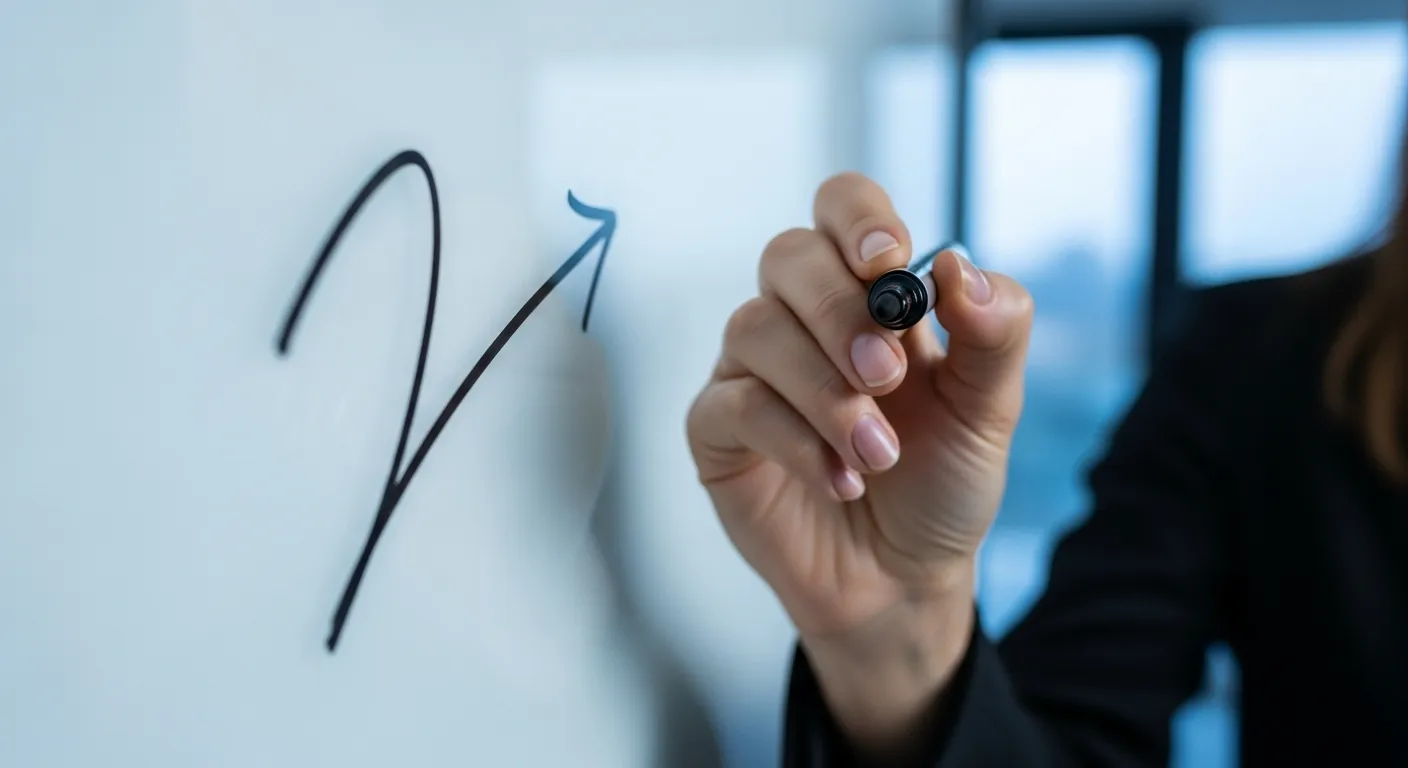
A Practical Example: Your 10-Minute Evening Email Shutdown
Theory is valuable, but practice is what creates change. Let’s walk through a simple, concrete routine you can implement tonight: the 10-minute evening email shutdown. The goal of this ritual is not to get more work done, but to close out your day with intention and peace of mind, ensuring no lingering work anxiety follows you into your evening.
Set a timer for 10 minutes. This is a hard limit. The time constraint forces you to be decisive and prevents you from getting pulled into a late-night work session.
Step 1: Open Your Inbox (Minutes 0-1).
Take a deep breath and open your primary email inbox for the last time today. Resist the urge to scan anxiously. You are here with a specific, limited purpose.
Step 2: Triage New Arrivals (Minutes 1-8).
Quickly scan for any emails that have arrived since your last scheduled check. Apply your “Touch It Once” workflow with a focus on speed and deferral. Anything urgent that can be handled in under two minutes? Do it now. Anything that requires significant thought or a longer reply? Defer it. Use the snooze feature to send it to 9:00 AM tomorrow, or move the task onto your to-do list for the next day. The goal is to clear the inbox, not to complete the work. Be ruthless in archiving or deleting non-essential messages.
Step 3: Glance at Tomorrow’s Calendar (Minute 8-9).
Once your inbox is clear, open your calendar and take a quick look at your schedule for the next day. This simple action can greatly reduce “what-if” anxiety overnight. By knowing what your first one or two appointments are, you are mentally preparing yourself and removing the element of surprise. You’re not planning your whole day, just getting a sense of the landscape.
Step 4: Close It Down Completely (Minute 9-10).
This is the most important step. Close the email tab on your browser. Quit the email application on your computer. If you have email on your phone, you might even log out of the app for the night. The psychological act of closing it down is a powerful signal to your brain that the workday is over.
Step 5: Transition to Your Evening.
The timer goes off. You are done. Now, physically step away from your workspace. Go for a short walk, stretch, or connect with a family member. You have created a clean break. By consistently practicing this 10-minute shutdown, you train your brain to respect the boundary between work and rest, leading to more restorative evenings and more productive mornings.
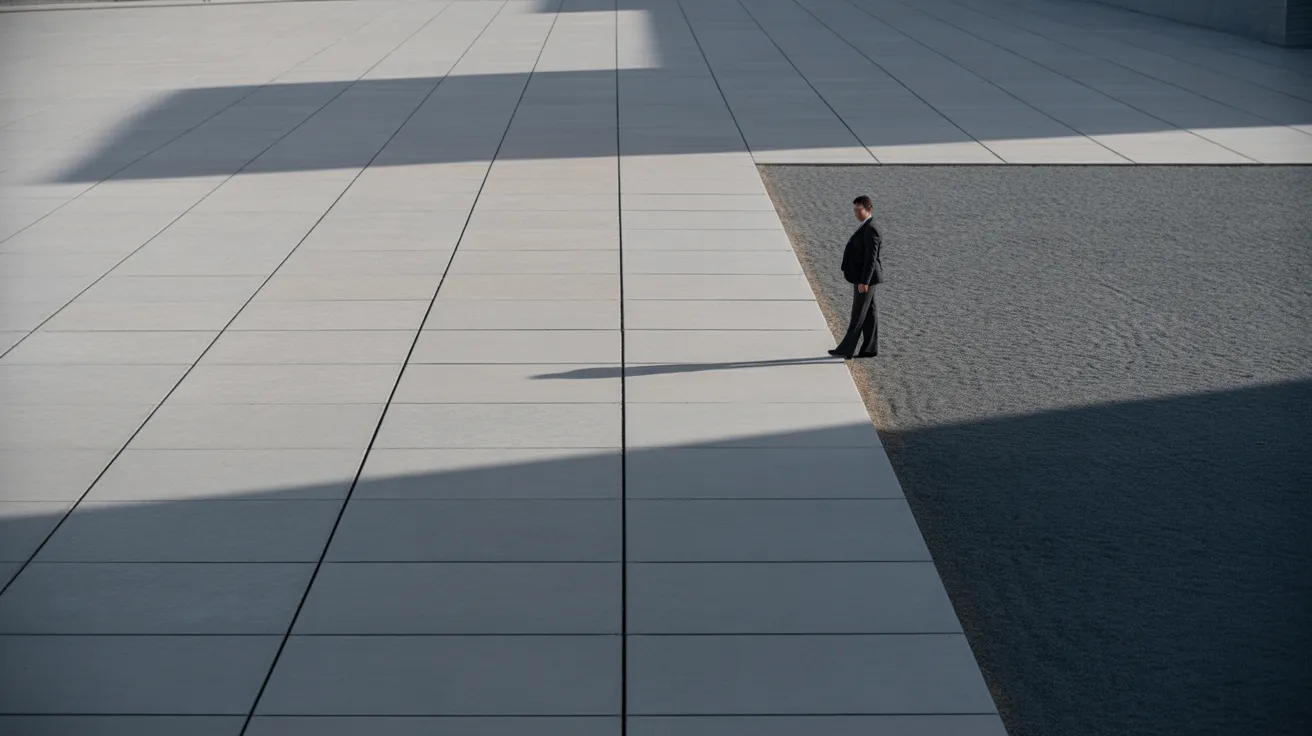
Troubleshooting Your New Workflow: Navigating Common Hurdles
Embarking on a new system for managing your digital life is a journey, not a single event. There will be challenges and moments where you slip back into old habits. This is normal and expected. The key is not to aim for perfection, but to practice self-compassion and gently guide yourself back to the system.
Handling Relapse Moments
You will have a day where you mindlessly check your email 20 times before lunch. Or you’ll let your inbox balloon to hundreds of unread messages. When this happens, do not treat it as a failure. Treat it as data. Ask yourself: what triggered this? Was I feeling stressed? Was I avoiding a difficult task? Simply notice the behavior without judgment and then choose to begin again. The next day, recommit to your scheduled email blocks. The system is always there for you to return to.
Managing FOMO (Fear of Missing Out)
When you first stop checking email constantly, you may experience a sense of anxiety. What if you miss something important? This is FOMO, and it’s a powerful emotion. The best way to counter it is to reframe your perspective. Instead of focusing on what you might be missing, focus on what you are gaining. You are gaining uninterrupted hours of deep focus. You are gaining a sense of calm and control. You are gaining presence in your offline life. Remind yourself that in most professions, a truly urgent matter will be communicated via a phone call or text message. The world will not fall apart if you reply in two hours instead of two minutes.
Navigating Social and Work Expectations
Sometimes the pressure to be constantly available comes from our work culture. If colleagues or clients are used to instant replies, your new, more deliberate pace may require some communication. You don’t need to make a grand announcement, but small cues can help manage expectations. Consider adding a short line to your email signature, such as: “To improve my focus and serve my clients better, I check and respond to emails at 10 AM and 4 PM daily. For urgent matters, please call me.” This simple message communicates your new boundary professionally and sets a clear expectation for response times.
Making Exceptions When Necessary
Remember, this email workflow is a tool to serve you, not a rigid prison. There will be times when you need to be more responsive. Perhaps you’re on a tight project deadline or waiting for a critical piece of information. On those days, it’s perfectly acceptable to adjust the system. You might check your email once an hour instead of three times a day. The key is to do it consciously. You are making an intentional choice to be more available for a specific reason, not falling back into a mindless, reactive habit. Once the high-alert period is over, you can return to your standard workflow.

Frequently Asked Questions About Mindful Email Management
As you begin to implement these changes, questions will naturally arise. Here are answers to some of the most common ones.
1. How does this email workflow impact my digital privacy?
This workflow is fundamentally about your habits, not the specific tools you use, so it has very little direct impact on your privacy. The principles of batching, sorting, and disabling notifications can be applied to any email service. That said, practicing digital wellness should always include being mindful of your privacy. Choosing a reputable email provider with strong security features and being cautious about what information you share over email are always best practices, independent of your workflow.
2. I work night shifts or have an unconventional schedule. How can I adapt this system?
The beauty of this system is that it’s based on principles, not rigid times. The core concepts of batching, setting boundaries, and creating shutdown rituals are universal. If you work a night shift, your “morning” is simply when you wake up. Schedule your email blocks relative to your own work and rest periods. The goal remains the same: to create a clear and intentional separation between your “on” hours and “off” hours, no matter when they fall on the clock. Your evening wind-down routine might happen at 9 AM instead of 9 PM, but its purpose and benefits are identical.
3. My job requires me to be constantly responsive. How can I possibly get to inbox zero?
This is a common and valid concern for people in roles like customer support, sales, or executive assistance. In this case, you may need to redefine the goal. Perhaps “inbox zero” isn’t feasible, but “inbox five” is. The objective is to reduce cognitive load, not necessarily to hit a magic number. You can adapt the system by creating much shorter batching cycles (e.g., checking every 45 minutes for 5 minutes). You can also use rules and filters to automatically highlight emails from your boss or your most important clients, allowing you to focus on those first. The goal is to introduce as much intentionality and control as possible, even within a highly reactive environment.
4. What about emails that require long-term tracking or follow-up?
This is precisely what the “Defer” step in the workflow is for. Your inbox should not be your long-term storage or task list. When you receive an email that requires you to follow up in a week or track a project over a month, the correct action is to move that task into a more appropriate system. Add a reminder to your calendar, create a task in a project management app, or use your email’s snooze function to have it reappear on the day you need to act on it. Once the task is logged elsewhere, archive the email. This keeps your inbox clean and focused on immediate triage, while ensuring nothing long-term falls through the cracks.
5. Can these principles apply to personal email and messaging apps too?
Absolutely. The psychological pull of a personal inbox or a messaging app like WhatsApp or iMessage is identical to that of work email. The dopamine loop, the context switching, and the notification fatigue are all at play. You can apply the same principles: turn off non-essential notifications, schedule specific times to check and respond to personal messages, and practice creating boundaries so that you are in control of when you engage, rather than being at the mercy of every incoming text.
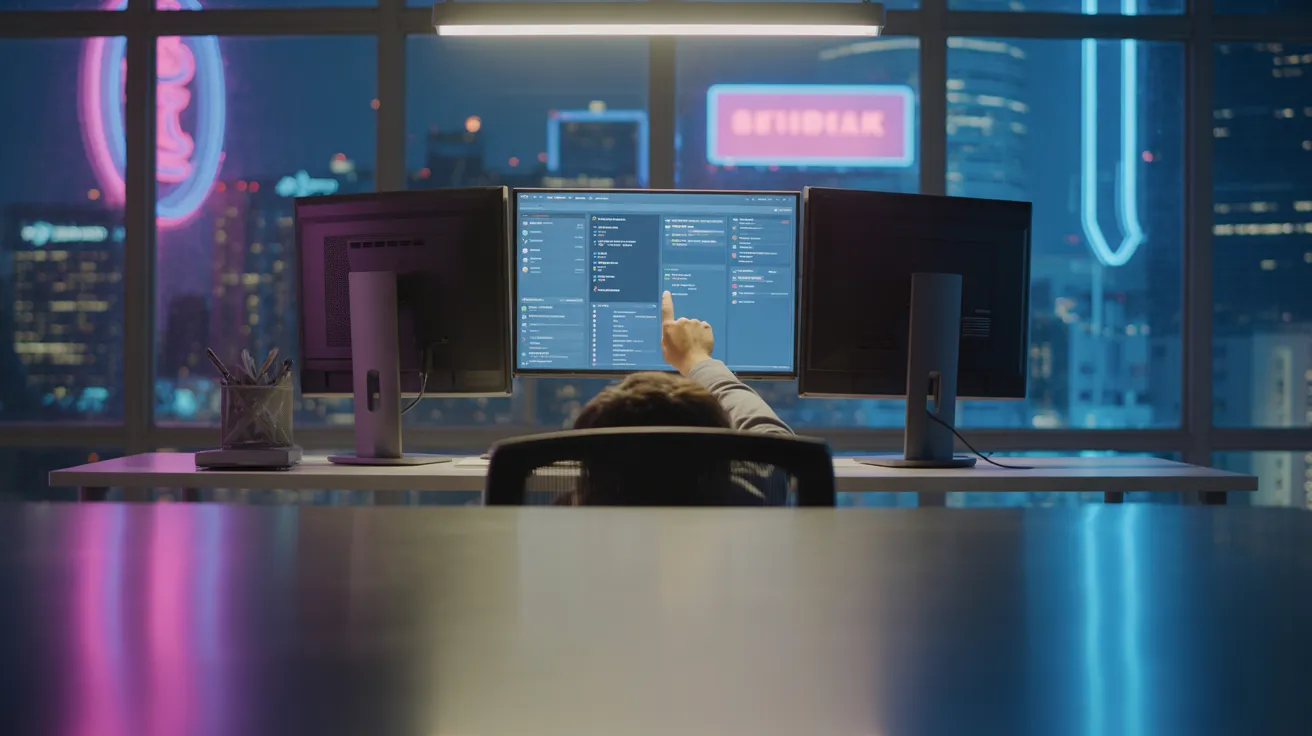
Your First Steps to a Calmer Inbox This Week
Transforming your relationship with email is a marathon, not a sprint. The goal is to build small, sustainable habits that will compound over time into a significant positive change in your focus and well-being. Don’t try to implement everything at once. Instead, pick one or two of the following small actions to experiment with this week.
Observe how these changes make you feel. Notice the moments of reclaimed focus or the reduction in background anxiety. This positive feedback will motivate you to continue building on your new, intentional email workflow.
Here are a few small changes you can adopt this week:
• The Notification Purge. Go to your phone’s settings right now and turn off all notifications for your email app—banners, sounds, and badge icons. Commit to keeping them off for just three days. Notice how it feels to not have your phone constantly vying for your attention.
• Schedule Your First Block. Open your calendar and schedule two 25-minute appointments with yourself for tomorrow. Title them “Email Processing.” When the time comes, honor that appointment. Open your email, focus solely on triage, and when the time is up, close it.
• Try the 2-Minute Rule. For the rest of today, every time you open an email, ask yourself: “Can this be handled in two minutes?” If the answer is yes, do it immediately and then archive the message. Experience the satisfaction of preventing small tasks from piling up.
• Perform a 15-Minute Archive Sweep. Set a timer for 15 minutes and go through the first few pages of your inbox. Your only goal is to archive or delete anything that is old and no longer relevant. Don’t read deeply, just make quick decisions. This can create a powerful sense of momentum and reduce visual clutter.
By choosing even one of these actions, you are taking a definitive step away from a reactive, stressful relationship with your inbox and toward a proactive, peaceful, and productive one. You are not just managing email; you are managing your attention, which is your most valuable asset.
Disclaimer: The information provided in this article is for educational and informational purposes only and is not intended as a substitute for professional medical or psychological advice, diagnosis, or treatment. Always seek the advice of your physician or other qualified health provider with any questions you may have regarding a medical condition.





